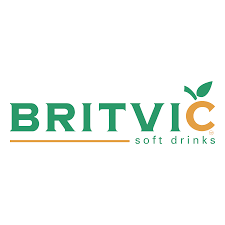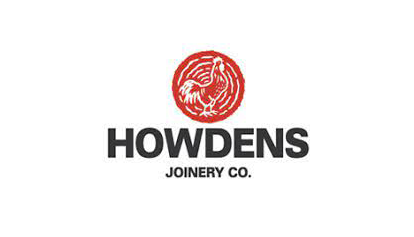
- Details
- Category: Blog
In the last blog article we covered the idea that change is the only constant and how winning organisations adapt to change by adopting 4 principles.
(These are 1. Align cross functional priorities, 2,. Engage local area ownership, 3. Develop Front Line Leader ability to coach, 4. Use Performance Management to manage the future not the past.)
Think of these principles as the first part of a code to a combination padlock. To spring the lock you need additional numbers but without the these initial code enablers in place, the lock can never be opened.
For example, the enhanced connectivity provided by advanced technology is enabler for step out performance but on its own, an investment in advanced technology will not guarantee success.
The gains come from developing users skills so that they can use the new digital ecosystem to:
-
- Optimise how work is done.
- Deliver new customer value.
The outcome is the creation of slick workflows and greater cross functional collaboration. Typical gains include:
30% improvement in productivity through
-
- Simplification of routine tasks
- Improved workflows
- Greater workforce flexibility and productivity
- Release of skilled resource for other duties
Reduced quality defects, improved yield through
-
- Reduction in human error
- Improved feedback on problem hot spots and abnormal conditions
Other gains
-
- 50%+ reduction in training time
- Accelerated pace of improvement
In summary improved connectivity is an enabler to drive out weaknesses in legacy systems and improve ability to adapt to support business drivers.
TPM Levers for Advanced Technology Gains
These are gains delivered by applying TPM Focused Improvement Toolsets within the new digital ecosystem by utilising
-
- Shared workflows
- Shift handovers
- Online meetings,
- Video updates
- Tracking reports/text alerts
- Online workspace
- Project Team portals,
- Over the shoulder support.
- Flipped learning/Micro learning videos (YouTube)
- Dynamic real time workflows
- Work list allocation
- Production status,
- Alerts and notifications
- Static Data
- Work instructions,
- QR code or RFID links to asset information
- Safety proximity warnings
- Procedures, checklists
- Technical information
- Team skills profile/smart learning
- Shared workflows
This combination of TPM focussed improvement and enhanced connectivity of digitisation creates a Digital CI link up between Leadership, Improvement specialists and Front Line users to systematically eliminate the weaknesses of legacy processes and historic rules of thumb.

Figure 1 Digital CI Process
LEADERSHIP
- Quick iterations of the "Plan Do Study Act" process to bundle potential technology "Use Cases" into "Workplace Learning Cycles" for rapid learning and "Standardisation".
- Formalised "Improvement Leader Networks" across all levels of the business to guide cross functional improvement teams to systematically eliminate OEE losses and Lean wastes.
IMPROVEMENT
- Integration and alignment of data and analysis from existing systems and new technology to gain insight into how to stabilise "Normal Conditions" and use condition based "Notifications" to reduce "Accelerated wear", improve the "Quality Maintenance" and extend "Mean Time Between Intervention".
- Formalising the "Plan For Every Asset" (PFEA) to align priorities, create a practical improvement glide path, provide transparency on progress, capture lessons learned, share insights and accelerate scale-up.
EXECUTION
- Collaborate with vendors, suppliers, customers and related specialists to refine "Best practices" across the value stream and reveal opportunities to release new value.
- Engage users with customised learning programmes to support dynamic implementation needs, lock in gains and encourage curiosity about what is possible.
The combination of this with the principles that assure ability to adapt completes the combination lock code to release the full potential of advanced technology by providing:
- Clarity of progress against "Use Case" stage gate standards for each workstream.
- Embedded use of digital toolsets into new ways of working.
- Digital twin glide path targets and objectives.
- Tracking of measurable gains and lessons learned.
In addition to the business gains, outcomes include higher employee engagement, focused training, skill development and improved problem solving capabilities.
For more information about the factors involved and how to develop your advanced technology road map check out our half day on line course on TPM Levers to Advanced Technology Gains








